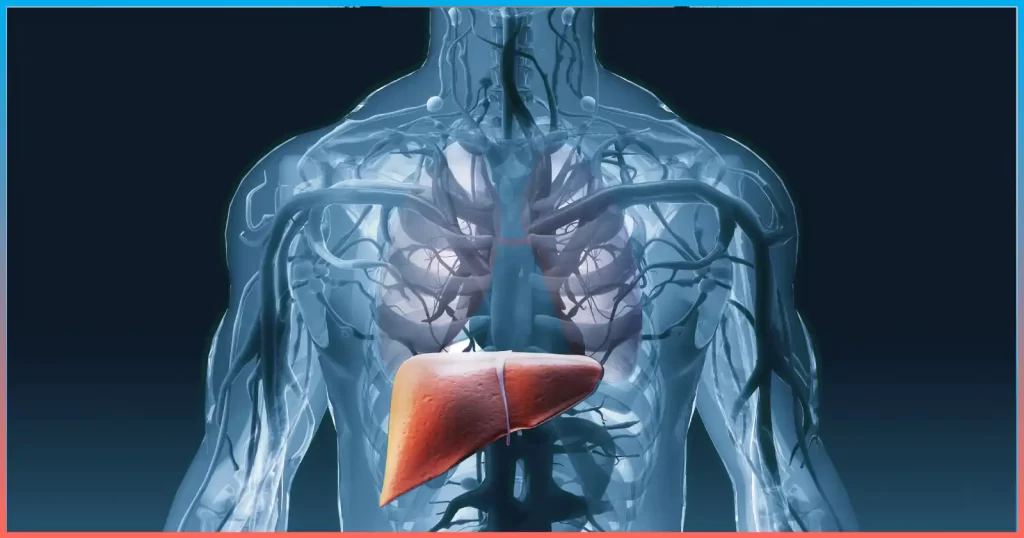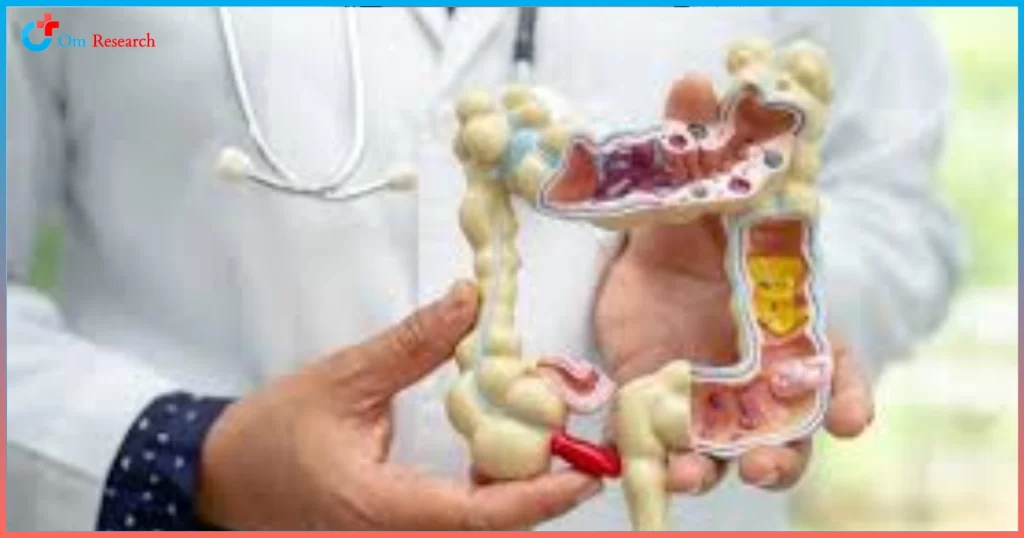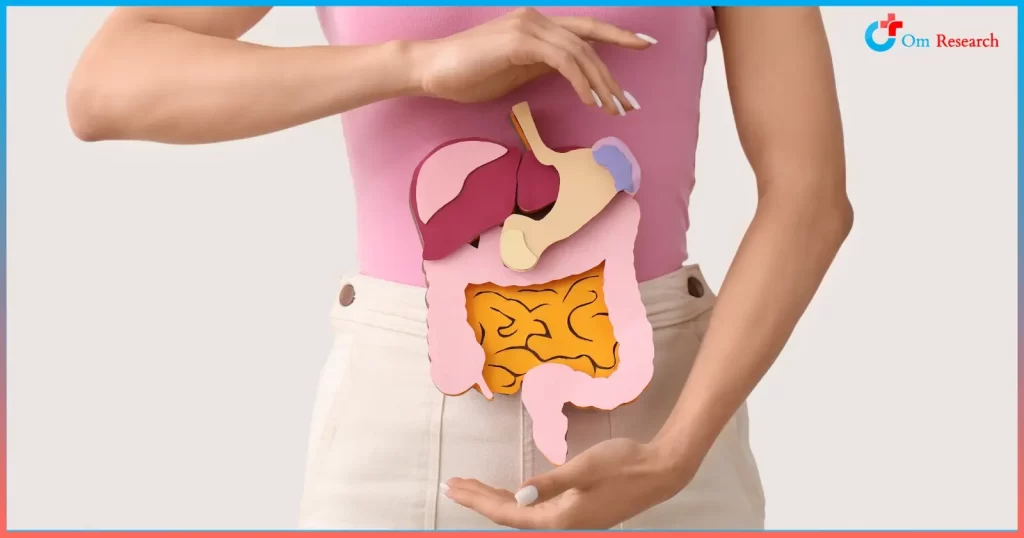Alcohol-associated liver disease (ALD) is considered a spectrum of liver injury that results from chronic alcohol use, ranging from hepatic steatosis to advanced forms, including AH, AC, and acute AH presenting as acute-on-chronic liver failure.
Alcohol liver disease (ALD) is one of the major causes of chronic liver diseases both in the world and as a cofactor in chronic viral hepatitis progression, nonalcoholic fatty liver disease, iron overload, and other liver diseases.
ALD develops through several stages, beginning with hepatic steatosis, in some individuals progressing slowly through AH (the histological correlate of which is alcoholic steatohepatitis), to cirrhosis.
The progression to these stages depends on continued heavy alcohol use and other risk factors including genetic susceptibility, diet, and co-morbid liver disease.
ALD carries significant stigma in society. It is increasingly recognized by providers that patients and their families seek to decrease the stigma of ALD and a change from the term “alcoholic” to “alcohol-associated” will do so. Thus, alcohol-associated liver disease, alcohol-associated steatohepatitis, and alcohol-associated cirrhosis are proposed, retaining familiar abbreviations, ALD, ASH, and AC, respectively.
Stages of Alcoholic Liver Disease
Alcoholic Fatty Liver Disease (Alcoholic Steatosis)
Alcoholic fatty liver, or steatosis, is the first stage of alcohol-related liver disease. In individuals who consume large amounts of alcohol daily, even for a few days, fat will start to collect in liver cells. This excess can obstruct liver cells from going through normal processes and can result in a condition known as fatty liver enlargement.
Alcoholic Hepatitis
Alcoholic hepatitis is an acute series of changes leading to liver damage due to excessive alcohol consumption. It is the most severe form of ALD, capable of inducing both short- and long-term hepatocellular damage.
Alcoholic Cirrhosis
Alcoholic cirrhosis is a condition in which the liver is damaged from years and years of heavy drinking. It is the last stage of alcoholic liver disease, which may also cause hepatitis and fatty liver disease. Cirrhosis occurs when healthy liver cells are replaced by scar tissue, making the liver stiff and swollen, reducing its ability to function.
Causes and Risk Factors
Alcohol-associated liver disease occurs from heavy use of alcohol. Since the liver is responsible for breaking down alcohol, heavy use eventually results in its inability to keep up, leading it to bad damage.
A steatotic (fatty) liver disease can occur in an individual who drinks large quantities of alcohol. Alcohol-associated hepatitis and cirrhosis are linked to long-term unhealthy alcohol use.
Health professionals are not clear on why some alcohol drinkers get to progress into liver diseases while others do not. Research shows possible links to genetics, but this is yet to be clear.
- Excessive alcohol consumption
- Genetic predisposition
- Coexisting liver conditions
- Nutritional deficiencies
Symptoms of Alcoholic Liver Disease
The symptoms of alcohol-associated liver disease may vary depending upon the extent and time of alcohol usage. These are the most common symptoms:
Steatotic (fatty) liver
- Often has no symptoms
- Build-up of fat inside liver cells enlarges the liver, causing upper belly (abdomen) discomfort on the right side
- Tiredness and weakness
- Weight loss
Acute hepatitis and cirrhosis share these symptoms
- Fever
- Weakness
- Abdominal discomfort or pain
- Nausea and vomiting
- Appetite loss
- Poor nutrition
- Weight loss
- Yellowing of the skin and eyes (jaundice)
- Reduced blood flow through the liver due to increased resistance (portal hypertension)
- Enlarged spleen
- Bleeding in the gastrointestinal tract
- Fluid build-up in the belly (ascites)
- Increased infections
- Kidney failure
- Confusion
The symptoms of alcohol-associated liver disease can mimic many other conditions. Always seek a health professional for an accurate diagnosis.
Diagnosis of Alcoholic Liver Disease
Your doctor will take a detailed medical history and do a physical examination. Other diagnostic steps to diagnose alcohol-related liver disease may be:
- Medical history and physical examination
- Blood tests (liver function tests)
- Imaging studies (ultrasound, CT scan)
- Liver biopsy
- MRI
Treatment Options for Alcoholic Liver Disease
- Lifestyle changes (abstinence from alcohol)
- Medications (anti-inflammatory drugs, supplements)
- Nutritional support
- Liver transplantation (in severe cases)
Key Points About Alcohol-Associated Liver Disease
- Alcohol-associated liver disease is a common, frequently preventable disease.
- Heavy alcohol use causes alcohol-associated liver disease. Alcohol gets broken down in your liver. If you drink more than it can handle, it can become seriously damaged.
- The effects of alcohol on the liver depend on how much and how long you’ve been drinking.
- The most critical feature of treatment is complete abstinence from alcohol. Dietary changes are sometimes recommended as well.
- In some patients, with total abstinence from alcohol and, the liver can recover some of its alcoholic damage, and they can resume their normal lives with time. While in severe cases some may require a liver transplantation.
- Participating in an alcohol use disorder treatment program and avoiding alcohol can help improve the chance of positive outcomes.



